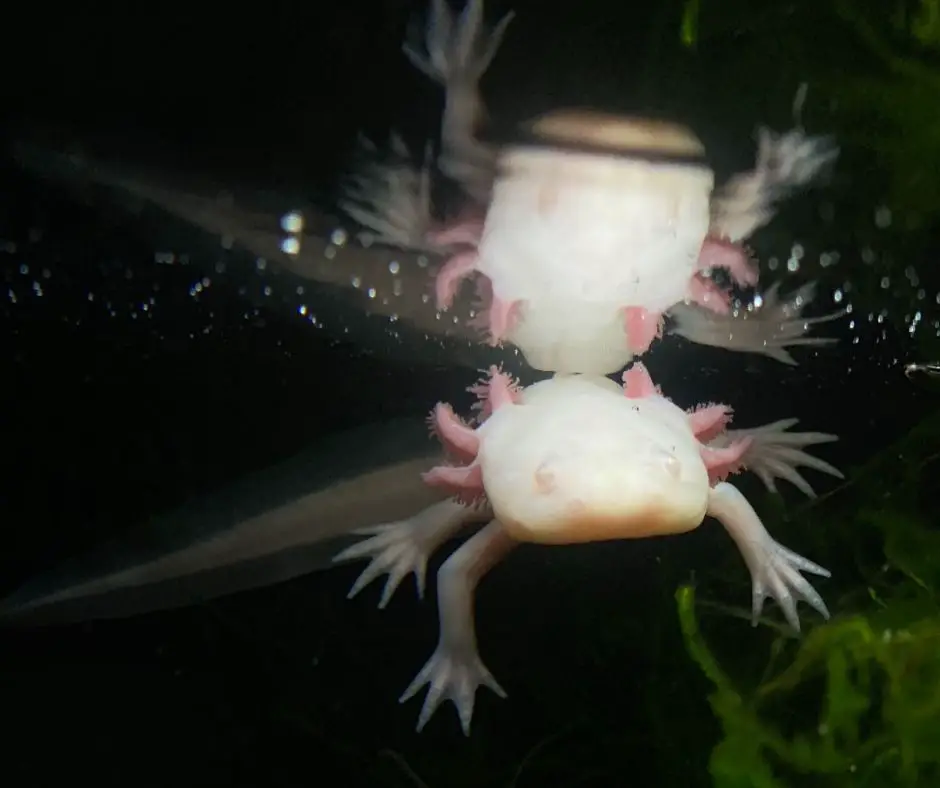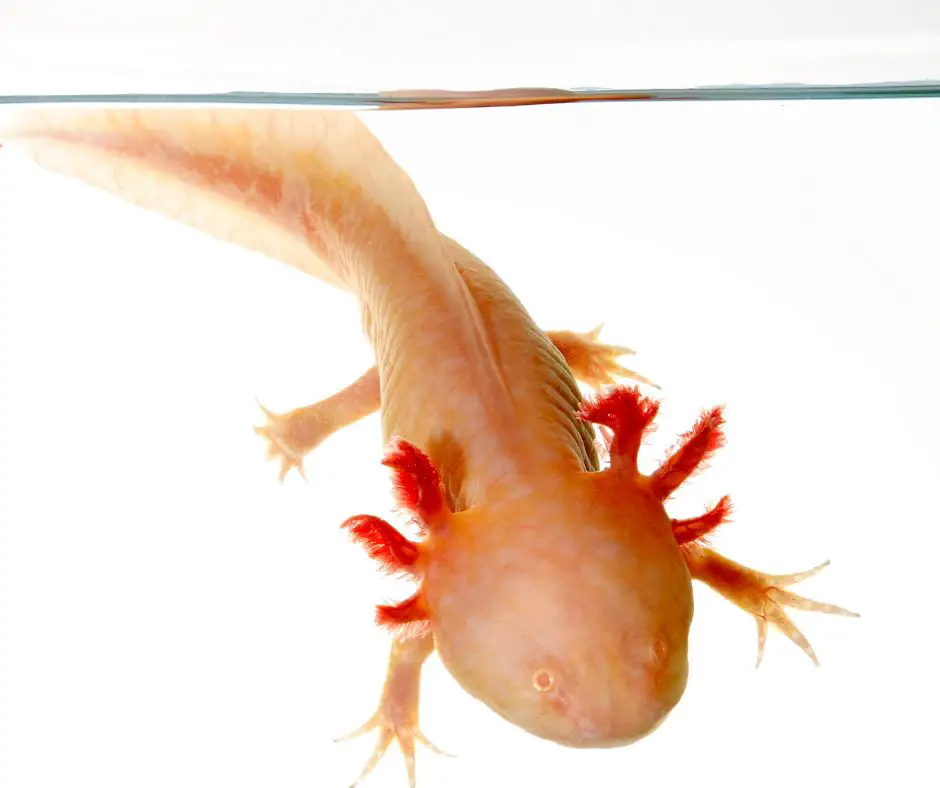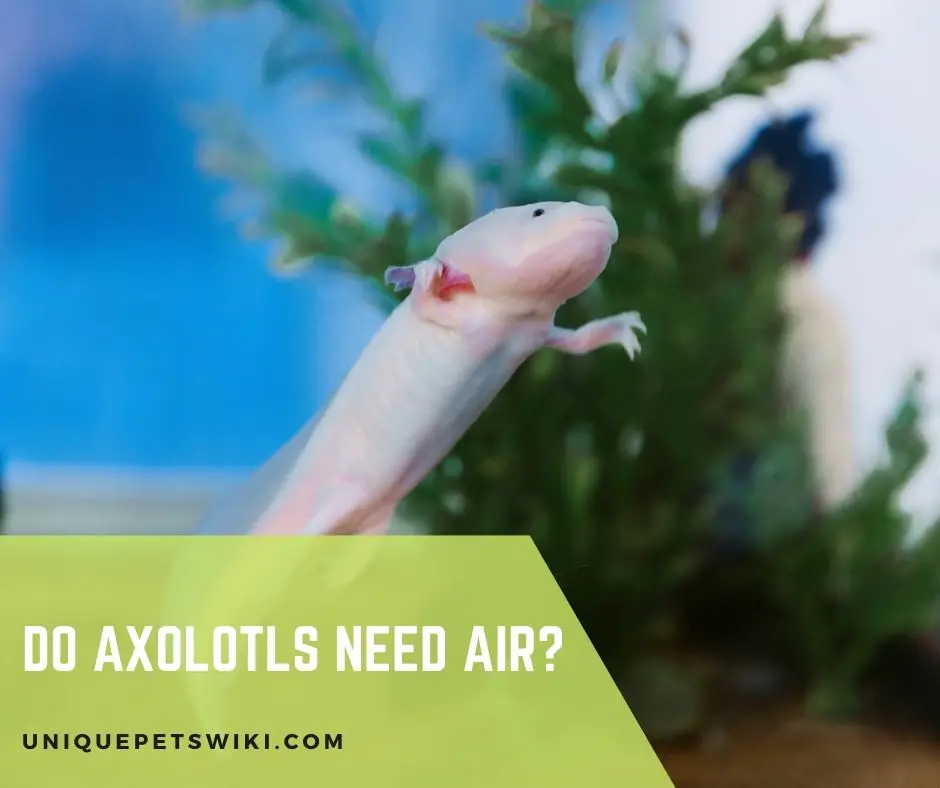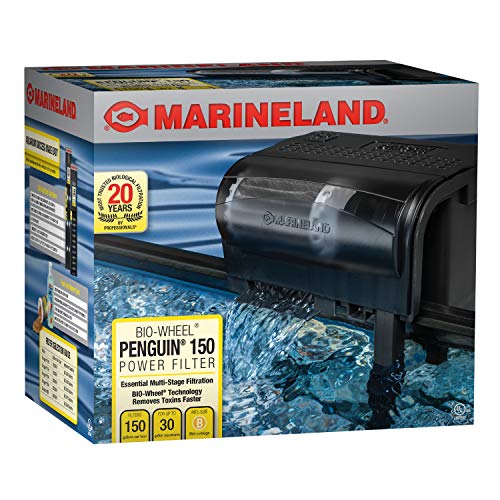Axolotls are one-of-a-kind creatures with lungs that approximate those of land animals and gills that resemble those of marine animals.
They spend much of their time at the bottom of the water, walking, and swimming.
Because they have four legs, they are also known as Mexican walking fish. A question arises here, do axolotls need air?
Although axolotls have lungs, do they breathe in and out like other land animals? Even though there is no free air beneath the water, there is dissolved oxygen.
The gills of axolotls help them get this oxygen. As a result, axolotl owners must understand how their pets’ gills and lungs work.
The reader will learn how the axolotl obtains oxygen and ensures its supply to its cells in this article.
The post will also provide information on axolotls’ respiratory system and highlight the significance of air for axolotls.
Contents
Do Axolotls Need Air?
Yes, axolotls need air to breathe. Axolotls have both lungs and gills to ensure oxygen delivery both in and out of the water.
Axolotls, on the other hand, do not breathe like land animals and instead absorb oxygen particles from the air.
Axolotls filter oxygen from the water through their gills. Axolotls’ cartilaginous gills aid in the diffusion of dissolved oxygen into the capillary system.
As a result, whether axolotls are in or out of the water, a constant supply of oxygen is necessary.
Axolotls cannot survive for lengthy periods of time without water, which is why they should not be kept out of water.

How Do Axolotls Breathe?
Buccopharyngeal, cutaneous, gill and pulmonary respiration are the four main ways axolotls obtain oxygen. They have nostrils and sac-like lungs to inhale air.
As a result, they ensure a constant supply of air or oxygen via any of these breathing systems.
Axolotls can obtain oxygen from both water and direct air. They have three pairs of feathery gills that filter oxygen from the water they swim in.
For axolotls, breathing through their gills is common and comfortable because it is a simple way to provide oxygen to cellular parts of the body.
Axolotls come to the surface of the water to grab air when there is a lack of dissolved oxygen in the water.
The oxygen-rich air passes via the lungs, where it is filtered and delivered to the cells. If your axolotl is gasping for air at the surface of the water, make sure the tank has enough oxygen by installing air pumps.
How often Do Axolotls Get Air?

If the water contains a suitable amount of oxygen, axolotls will be stress-free and happy, with healthy gills.
Axolotls require oxygen for the oxidation and reduction processes that produce ATP. Low oxygen in the water causes stress, frequent gasping at the surface, and shrinking gills.
Diffusion allows axolotls to receive oxygen through their skin. In the skin, there are blood vessels with a high carbon dioxide content and a low oxygen concentration.
When axolotls reach the water with enough oxygen, carbon dioxide from the vessels diffuses into the water, while oxygen from the water diffuses into the vessels.
Also read: Full Requirements & Water Conditions for Axolotl in Captivity
How Long Can Axolotls Go Without Air?
Axolotls can breathe outside of the water, but only for a short time. Axolotls cannot survive without oxygen, and even a few seconds without oxygen can be fatal.
Because the majority of metabolic activities in their bodies are aerobic, they require oxygen for them to function. They require oxygen to keep the muscles and tissues nourished with energy.
Tetra Whisper Easy to Use Air Pump for Aquariums (Non-UL)
- POWERFUL: Tetra Whisper Air Pump provides dependable airflow to your aquarium.
- QUIET: Patented dome shape, suspended motor and sound-dampening chambers for quiet operation.
- PROVIDES OXYGEN AND WATER MOVEMENT: Keeps underwater pets happy.
- AVAILABLE SIZES: Select the proper size for your tank – 10, 20 and 40-gallon pumps have single air outlets, 60 and 100-gallon pumps feature dual outlets.
- NON-UL LISTED: Reliable performance at an economical cost.
Last update on 2022-12-29 / Affiliate links / Images from Amazon Product Advertising API
Conclusion
Axolotls are essential marine invertebrates that breathe in four different ways. The vitality of axolotls depends on the availability of oxygen on a regular and consistent basis.
When axolotls are in the water, the cartilaginous structures on their bodies known as gills provide oxygen. Axolotls gasp air from the surface of the water when the oxygen level in the water is low.
Axolotls may also live on land, using their lungs and buccopharyngeal membrane to acquire oxygen.
However, axolotls do not have lungs like land animals, rather they have small sac-like lungs for respiration.
As a result, it is the responsibility of axolotl owners to ensure that there is enough oxygen in the tank.
Marineland Penguin Bio-Wheel Power Filter
- WITH ROTATING BIO-WHEEL: Patented Bio-Wheel technology provides excellent wet/dry biological filtration.
- MULTI-STAGE FILTRATION: Delivers mechanical, chemical and biological aquarium filtration to maintain a clean aquatic environment.
- MARINELAND FILTRATION PRODUCTS: Count on Marineland brand for the most reliable, technically advanced aquariums and accessories on the market.
- COMPATIBILITY: Use with Marineland Rite-Size Filter Cartridges (see individual filter for sizing recommendations).
- FIVE SIZES: Available in 75 GPH, 100 GPH, 150 GPH, 200 GPH and 350 GPH sizes.
Last update on 2022-12-29 / Affiliate links / Images from Amazon Product Advertising API


